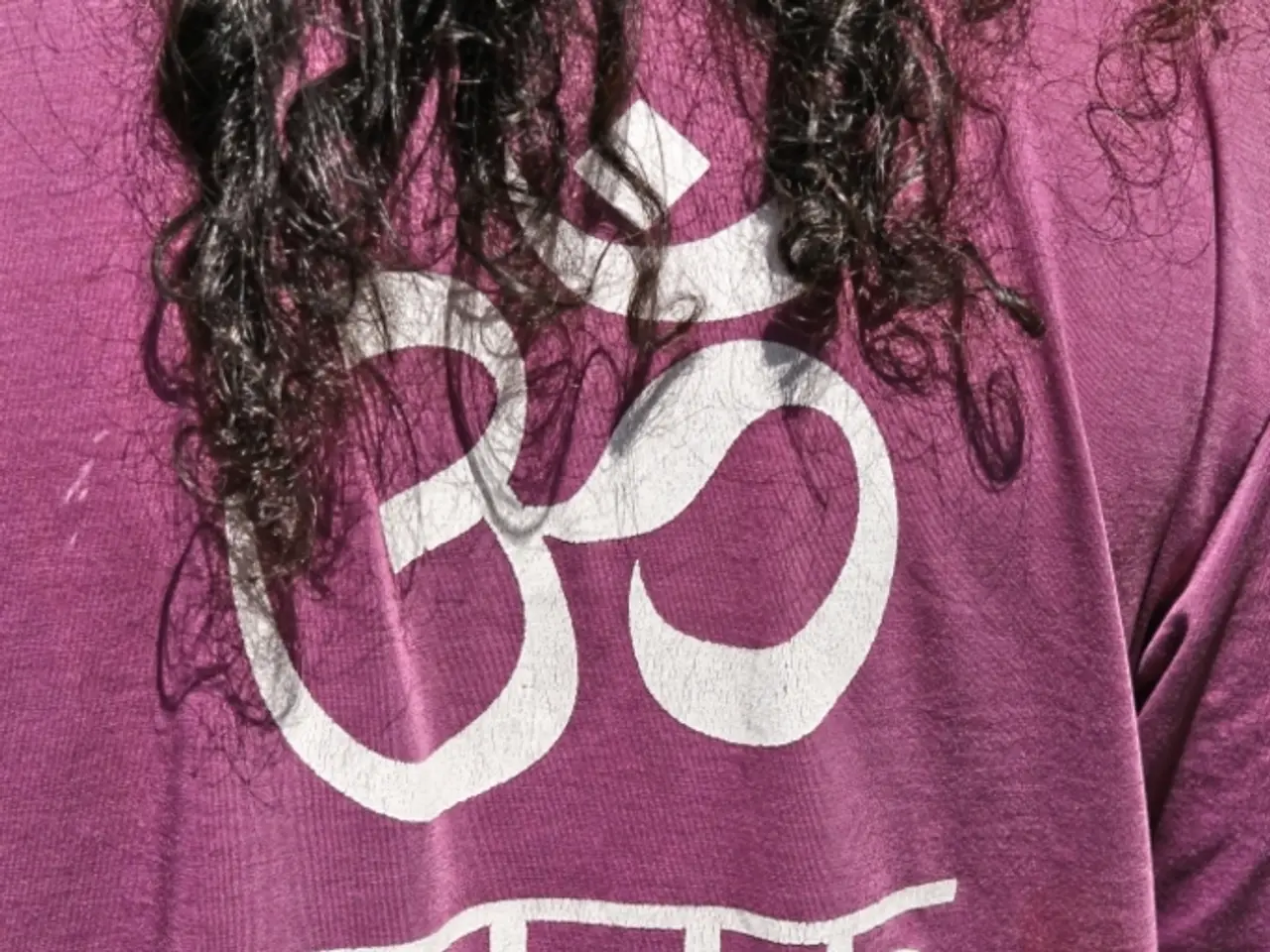Managing Challenging Inquiries in Yoga Sessions: A Guide
In a yoga class, the conversation doesn't always end with the final pose, but rather deepens, reshaping the understanding of handling difficult student questions. This transformation is particularly significant in teacher training, as it encourages a more holistic approach to teaching.
It's essential to remember that a student's question is not always literal; it may be about underlying fears such as feeling misunderstood, questioning if they are doing something wrong, or doubting their beliefs. Creating a supportive and safe environment can help students feel comfortable enough to share and let go of their doubts and fears.
Listening to a student and providing attention can be more beneficial than a lecture or philosophical wisdom. Yoga teachers are not qualified to answer personal life questions, but they have a responsibility to respond with clarity, empathy, and care. It's okay to admit that you're still learning too when faced with tough student questions.
Some student questions only begin to make sense through practice, over weeks, months, or even years. As teachers, our job isn't always to provide clarity on the spot, but to help students stay open to what their own experience may teach them over time. The quote, "Let's sit with this," can be a response to challenging student questions, encouraging students to reflect.
It's okay to admit that you don't know the answer to a question, especially when it comes to complex topics like enlightenment. One student asked, "Why can't I feel anything during meditation?" indicating a sense of restlessness or confusion. When a student asks a difficult question, it's okay to pause before answering to gather thoughts and give the student a chance to reflect.
Every student is different, and there's rarely one right answer to a complex question. The student question, "How do I forgive someone who isn't sorry?" can't be solved easily, and it may be one to stay with for a while. The quote, "I don't know. But I do know that pain becomes less lonely when we stop resisting it," was a response to a question about enlightenment and feeling pain.
Yoga students may ask questions that are not about alignment or breathwork, but rather express feelings of frustration, doubt, or struggle. Yoga teachers respond to these challenging questions by communicating clearly, offering supportive and tailored guidance, and maintaining their role boundaries to foster trust and learning without overstepping into personal advice or therapy.
Stories from ancient texts like the Gita, the Upanishads, and the Ramayana, as well as personal experiences, can bypass the intellect and touch something deeper. Presence itself can be the answer to challenging student questions in a yoga class. Sharing personal experiences, such as doubting the practice or feeling numb during chanting, can connect with students.
In essence, yoga teachers use effective communication skills to hold space for students, listen attentively, and provide answers that build confidence and self-awareness without projecting beyond their expertise. They focus on teaching the pose, describing appropriate modifications, and troubleshooting challenges with clarity and purpose—thus addressing students’ questions in a grounded, constructive way without veering into psychological counseling or other roles.
Supporting students includes encouraging resilience, mindful breathing, and positive self-talk to help them cope with setbacks during practice. Teachers foster this by reminding students to be patient, compassionate, and present, which builds an environment of trust and safety essential for effective learning. The key is balancing empathy and encouragement with clear role boundaries to support the student’s journey within the scope of yoga teaching.
In the journey of education-and-self-development, personal growth and learning are integral parts, not only confined to the physicality of yoga poses but also delving into the student's emotional landscape. Yoga teachers, with their empathetic responses, play a crucial role in this process by helping students navigate through their doubts, fears, and complex questions, thereby fostering an environment conducive to personal growth.
Guided by a holistic approach, yoga teachers provide answers that encourage students to reflect, letting their own experiences guide them, rather than offering quick or simplistic solutions that bypass the transformative power of self-discovery. This method encourages a deep understanding of personal growth, further augmenting the student's educational journey.




